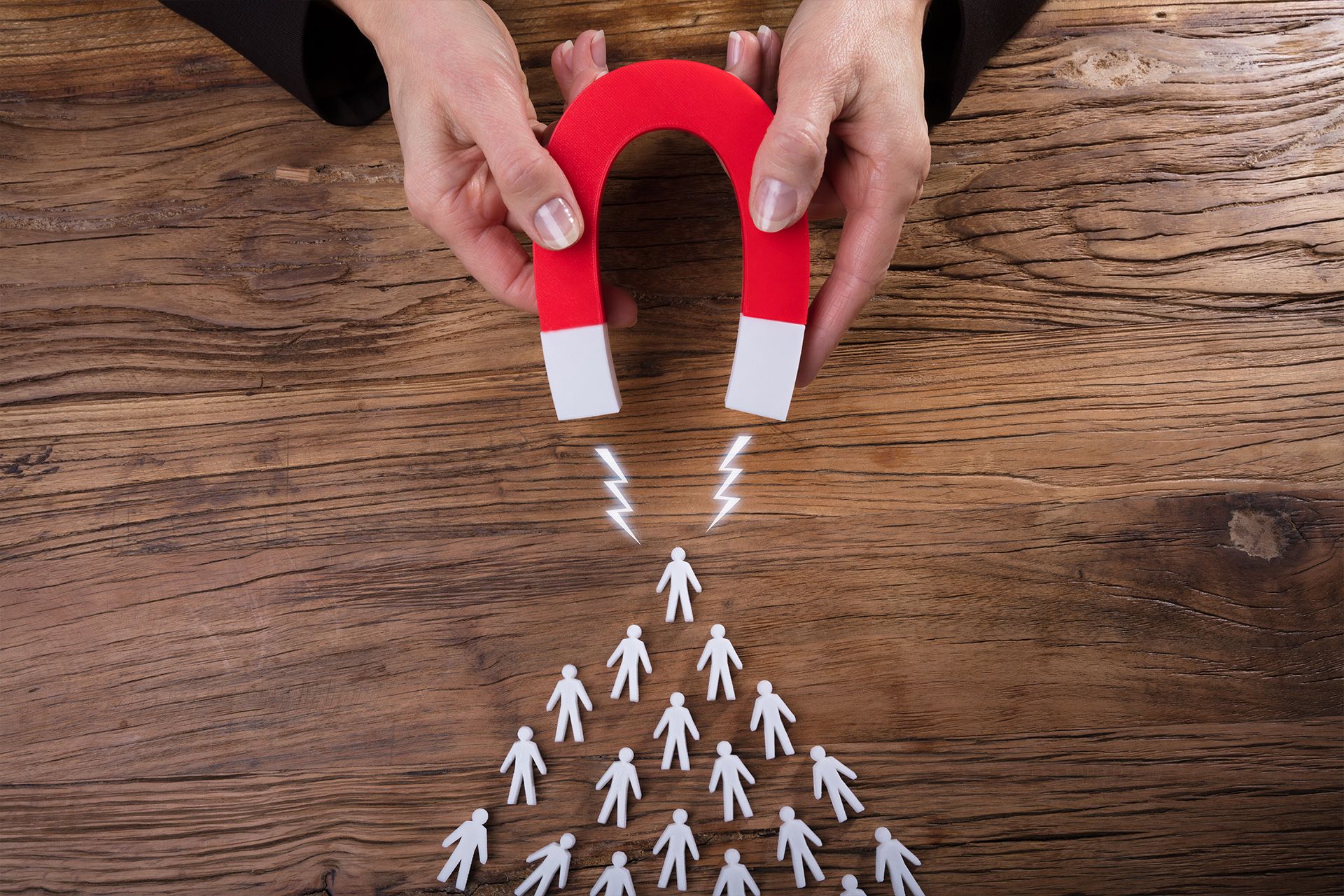A Guide to Chatbot Terminology

Chatbots have revolutionized the way businesses and customers interact. From answering questions to helping with purchases, these AI-powered tools make communication faster and more efficient.
However, the terminology can be overwhelming if you're new to the chatbot world. This guide will explain the most common chatbot terms to help you understand how these innovative tools work.
What Is a Chatbot?
A chatbot is a software designed to simulate conversation with humans. Chatbots can answer questions, provide information, or perform tasks based on user input. They're commonly used in
24/7 customer support, sales, and marketing.
Key Chatbot Terminology
Here's a breakdown of essential chatbot-related terms you need to know:
1. Natural Language Processing (NLP)
NLP is the technology that allows chatbots to understand, interpret, and respond to human language. It combines linguistics and AI to process the words people type or say. For example, if you ask a chatbot, "What's the weather like today?" NLP helps it understand your question and provide an answer.
Why It Matters:
Chatbots would only understand specific commands without NLP, making them less valuable.
2. Artificial Intelligence (AI)
AI is the technology that enables
AI chatbot to learn, think, and improve over time. It powers the chatbot's ability to provide accurate and helpful responses.
Example:
AI helps chatbots identify patterns in user behavior, allowing them to predict future queries or offer suggestions.
3. Conversational UI
A conversational user interface (UI) design feature allows users to interact naturally with a chatbot. Instead of clicking buttons or filling out forms, users can type or speak just as they would to another person.
Why It Matters:
A good conversational UI makes the chatbot easy and enjoyable to use.
4. Machine Learning (ML)
Machine learning is a subset of AI that allows chatbots to improve their performance over time by analyzing data. For example, if a chatbot notices that users frequently ask a specific question, it can adjust to provide quicker responses.
5. Intent
In chatbot terminology, "intent" refers to the purpose or goal behind a user's query. For instance, when someone types "I want to book a flight," the intent is to schedule travel.
Why It Matters:
Chatbots must recognize user intent to provide relevant responses.
6. Entity
Entities are information in a user's input that gives the chatbot context. For example, in the query "Book a flight to New York," the entity is "New York."
How It Works:
Entities help chatbots deliver personalized answers.
7. Context Awareness
Context awareness is a chatbot's ability to remember previous interactions and use them to provide better responses.
Example:
If you ask a chatbot, "What's the weather in Paris?" and then ask, "What about tomorrow?" context awareness allows it to understand you're still discussing Paris.
8. Training Data
Training data is information used to teach a chatbot how to respond to user inputs. It can include sample questions, phrases, and conversation scenarios.
Why It's Important:
Good training data is essential for creating an effective chatbot.
9. API (Application Programming Interface)
APIs are tools that allow a chatbot to connect with other software systems. For instance, a chatbot can use APIs to fetch weather information or process payments.
Why It Matters:
APIs make chatbots more functional and versatile.
10. Bot Persona
A bot persona is the chatbot's "personality." It includes the tone, language style, and responses that make the bot engaging for users.
Example:
A chatbot for a bank may have a formal and professional persona, while one for a gaming company might be casual and fun.
11. Live Chat Integration
Live chat integration allows chatbots to transfer users to a human agent when needed.
Why It's Important:
Sometimes, a chatbot can't solve a problem on its own. Live chat ensures users get the help they need.
12. Multilingual Chatbots
Multilingual chatbots are designed to communicate in more than one language. They can detect the user's preferred language and respond accordingly.
Rule-Based Chatbots
These chatbots respond according to a predefined set of rules. They're best for simple tasks like answering FAQs but lack the flexibility of AI-powered bots.
Example: If you type "What are your hours?" a rule-based chatbot will match the input to a stored response.
13. Voice bots
Voice bots are chatbots that interact using voice instead of text. They use speech recognition and synthesis technologies.
Example:
Siri and Alexa are voice bots that respond to spoken commands.
14. Chatbot Analytics
Chatbot analytics involves tracking user interactions, response accuracy, and satisfaction levels.
Why It Matters: Analytics help businesses improve chatbot performance and user experience.
15. Chatbot Deployment Channels
Chatbots can be deployed across various platforms, including:
- Websites
- Mobile apps
- Messaging apps like WhatsApp or Facebook Messenger
16. Proactive Chatbots
Proactive chatbots initiate conversations rather than waiting for user input. For example, a chatbot might pop up on a website and ask, "Do you need help finding something?"
17. Chatbot Frameworks
These are platforms or tools used to build chatbots. Popular frameworks include Dialogflow, Microsoft Bot Framework, and ChatGPT API.
18. Chat Handoff
Chat handoff refers to transferring a user from a chatbot to a human agent. This is essential for addressing complex issues.
19. Human-in-the-Loop (HITL)
HITL means that humans assist the chatbot in learning and improving. For example, a human might review chatbot responses and provide corrections.
Why Understanding Chatbot Terminology Is Essential?
Knowing these terms can help you get the most out of
AI chatbots for lead generation, whether you're a business owner or a user. Designing, implementing, or interacting with chatbots is more straightforward when you understand the basics.
Conclusion
Chatbots are powerful tools that are transforming how businesses interact with customers. Understanding chatbot terminology can help you better appreciate their potential and make informed decisions about using them. Ready to elevate your business with the latest chatbot technology? Visit
ChatArm to learn more!
Disclaimer: The information on this website and blog is for general informational purposes only and is not professional advice. We make no guarantees of accuracy or completeness. We disclaim all liability for errors, omissions, or reliance on this content. Always consult a qualified professional for specific guidance.






